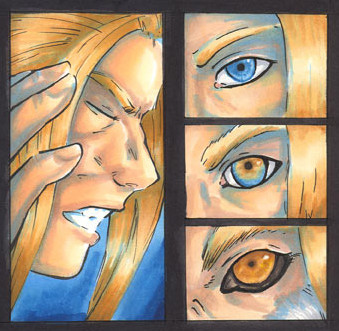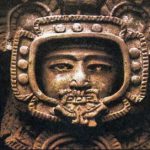Suggestion no doubt plays a large part in producing a belief in the power to change form at will, and the occult aspect of transformation is perhaps more interesting than any other view of the subject. Incantations, salves, herbs, drugs, perfumes, and other accessories of ritual are merely employed to strengthen concentrative force and to induce a suitable state of mind. In this sense the highest scientific method of transformation is known to the Yogi who, by performing samyama on the powers of any animal, acquires those powers.

Samyama is the technical name for three inseparable processes taken collectively. The three processes are, firstly, contemplation, or the fixing of the mind on something, external or internal ; secondly, the unity of the mind with its absorption, in which the mind is conscious only of itself and the object ; and thirdly, trance, when the mind is conscious only of the object, and as though unconscious of itself. Trance proper is the forgetting of all idea of the act, and, still more important, the becoming of the object (such as the animal) thought upon. Thus, the three stages, contemplation, absorption, and trance, are in fact stages of contemplation, for the thing thought upon, the thinker, and the instrument (together with other things which are to be excluded), are all present in the first ; all except the last are present.
The Yogi believes that the mind can enter into another body by relaxation of the cause of bondage, and by knowledge of the method of passing. The bondage is the mind’s being bound to a particular body. The cause of limiting the otherwise all-pervading mind to a particular spot is karma or dharma and adharma, i.e. good or bad deeds. When by constant samyama on these, the effect of the cause is neutralised and the bonds of confinement loosened, then the mind is free to enter any dead or living organism and perform its functions through it. But for this purpose a knowledge of effecting this transfer is equally necessary.
The Yoga-Sutra of Patanjali. Translated by Manilal Nabhubhai Dvivedi, 1890, p. ()(








